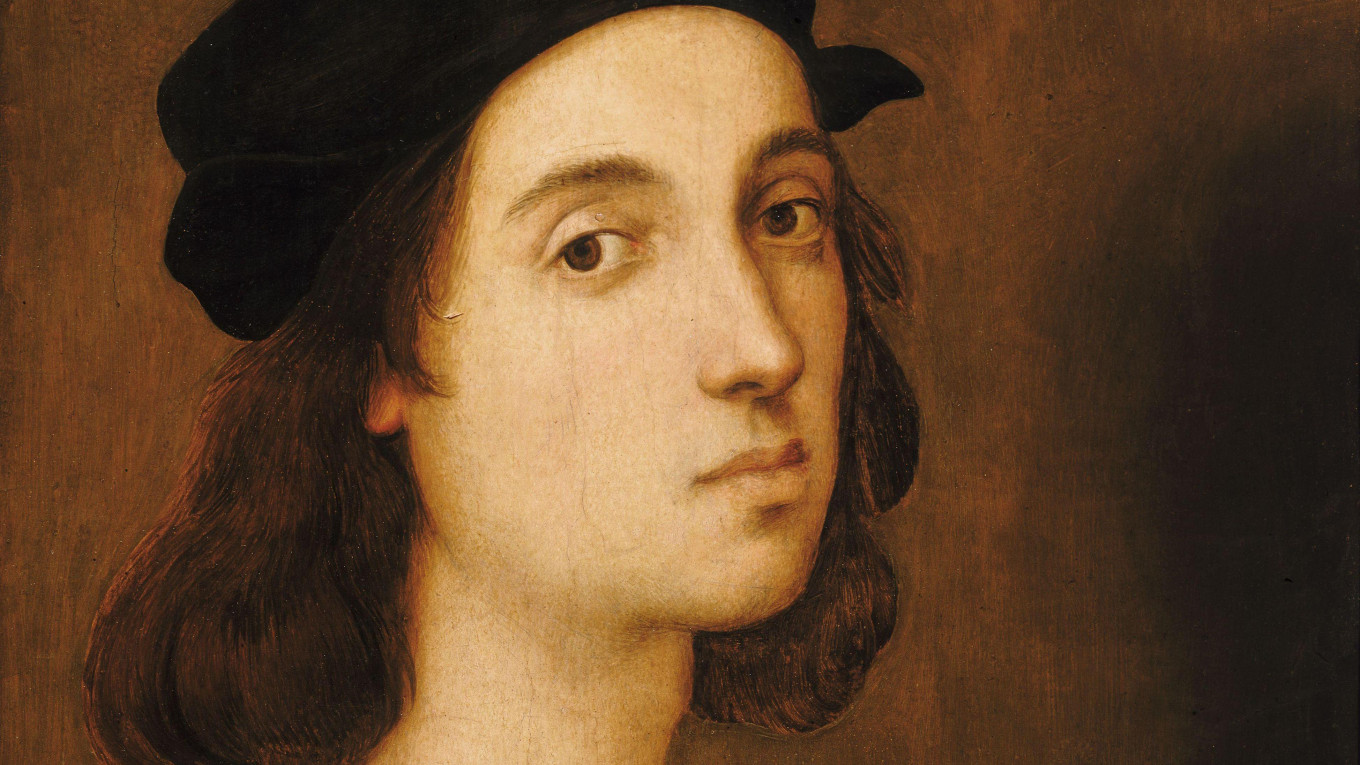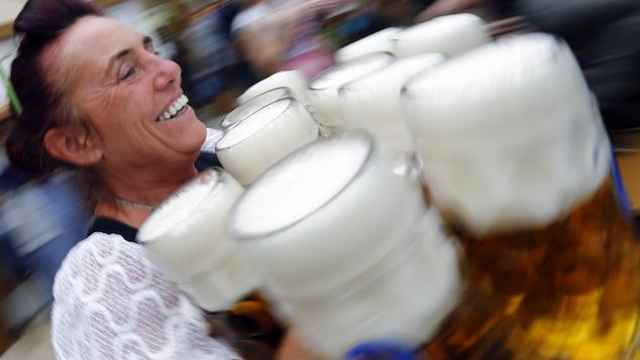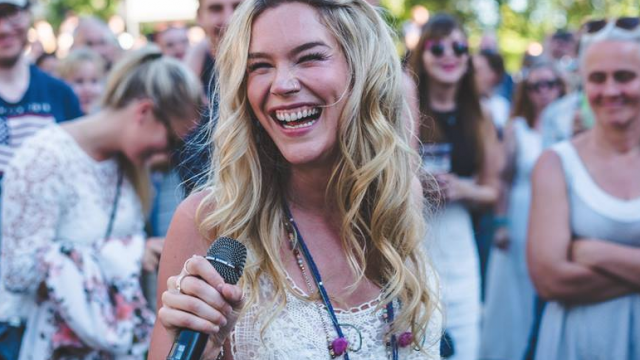Raphael has arrived in Moscow. A landmark exhibition dedicated to the Italian painter and architect of the High Renaissance opened at Moscow’s Pushkin Museum of Fine Arts on Sept. 13. “Raphael. The Poetry of the Image” features 11 artworks, including three drawings and eight paintings — among them the artist’s iconic self-portrait. The exhibition, unprecedented in scale and significance, is a milestone cultural collaboration between the Pushkin Museum and the Uffizi Galleries.
An Italian Autumn
The much anticipated exhibition is the first time the Russian public will have the opportunity to acquaint themselves with so many of the artist’s works under one roof. The inestimable value of the paintings and drawings on display, both culturally and in real terms, means that exhibitions of this nature are exceedingly rare. Some of the paintings on display have never previously left Italian soil.
“For Russians this is the first and perhaps the only time they will see Raphael’s artworks,” says Victoria Markova, curator of Italian painting at the Pushkin Museum, in an interview with The Moscow Times.
The unique event is held under the patronage of the Italian Embassy in Russia and was envisaged in a signed agreement between Eike Schmidt, director of the Florentine Uffizi Galleries and Marina Loshak, director of the Pushkin Museum, in the presence of the Italian Ambassador Cesare Maria Ragaglini.
All of the artworks are on loan from Italian museums: eight from the Uffizi Gallery and the Palatine Gallery, the others from the National Gallery of Bologna, the National Gallery of Marche and the Tosio Martinengo Gallery.
The exhibition, which aims to be one of the biggest and most important Italian art events ever organized in Russia, forms part of a broader Italian cultural program for the autumn. Other notable projects include the arrival of Milan’s Teatro alla Scala, which is making its 10th appearance at the Bolshoi Theater since its debut in 1964, and the upcoming Piranesi exhibition, also at the Pushkin Museum.
The Pushkin Museum has already hosted hugely popular exhibitions of both Titian and Caravaggio in the past five years.
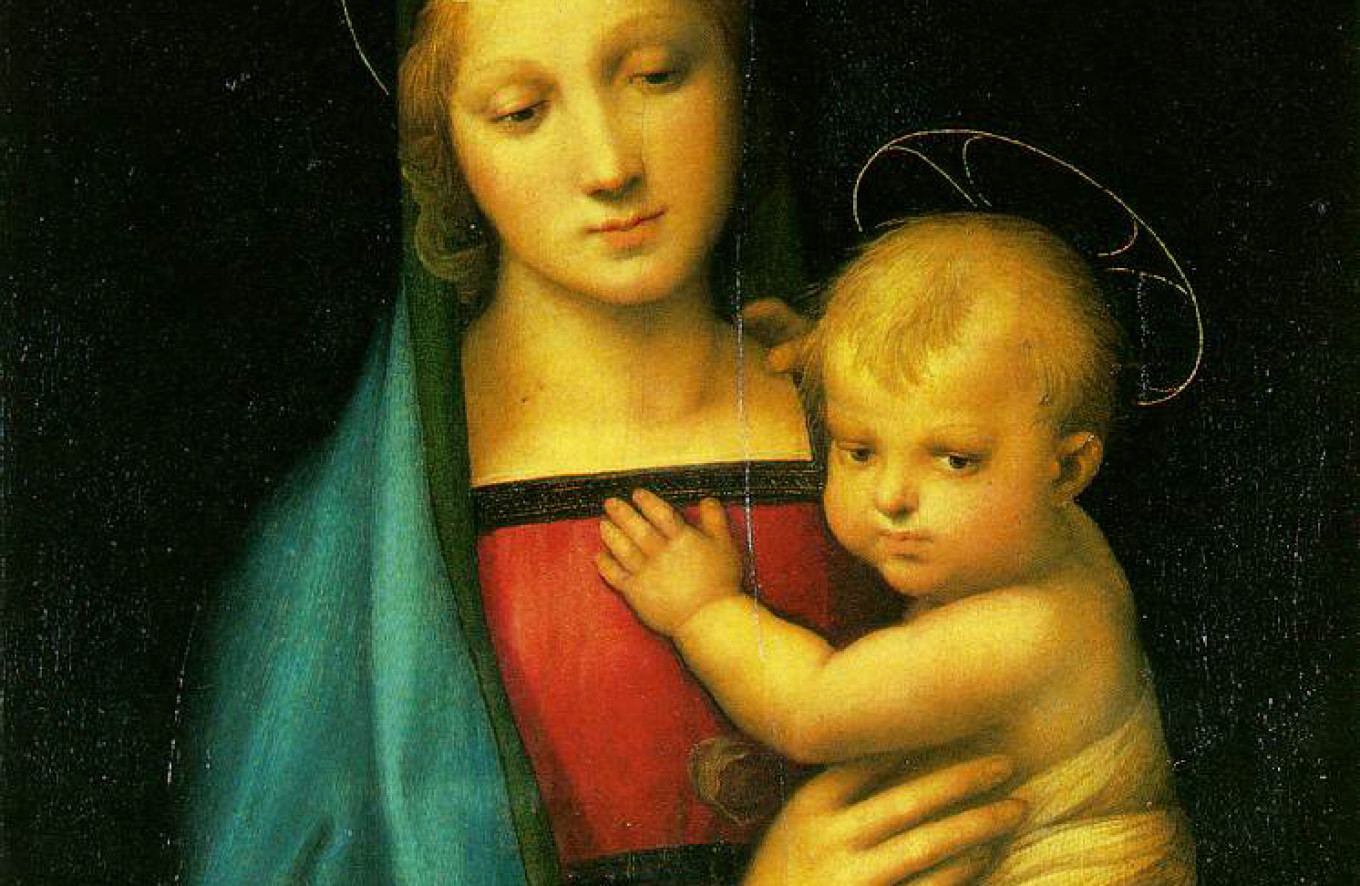
Great Calm and Beauty
Over the coming months Muscovites will be able to enjoy the rapt expression of Saint Cecilia as she listens to the music of heaven in “The Ecstasy of Saint Cecilia,” the composed poise of a merchant and his wife in the dual portraits “Agnolo Doni” and “Maddalena Strozzi,” and the majestic tenderness of the “Madonna del Granduca.” The exhibition was jointly curated by Victoria Markova and Marzia Faietti, a curator for the Uffizi Galleries.
“We decided that the angle of the exhibition — which does not have a huge number of artworks — should be the underlying theme of the face and its importance, either in a portrait or in a self-portrait,” says Faietti.
Raphael’s portraits are praised for their beauty, serenity and harmony of composition. Born in Urbino in 1483, Raphael demonstrated a precocious talent and painted masterfully from a very young age.
The qualities of balance that characterize his paintings represent the peak of Renaissance art, referred to as “High Renaissance.”
Raphael died aged 37 at the height of his creative power. His life, like his work, holds an almost mythical quality. He synthesized the achievements of his predecessors and, in many ways, helped determine the course of Western art. Yet his paintings remain deeply reflective and, as the title of the exhibition suggests, poetic.
“Raphael is one of the most difficult artists to understand,” says Markova. “You need to see the artworks in their context, but normally it is not easy get up close to these paintings and concentrate on the story behind them. Thanks to this exhibition, half of the work is done for you — the sequence is already well structured.”
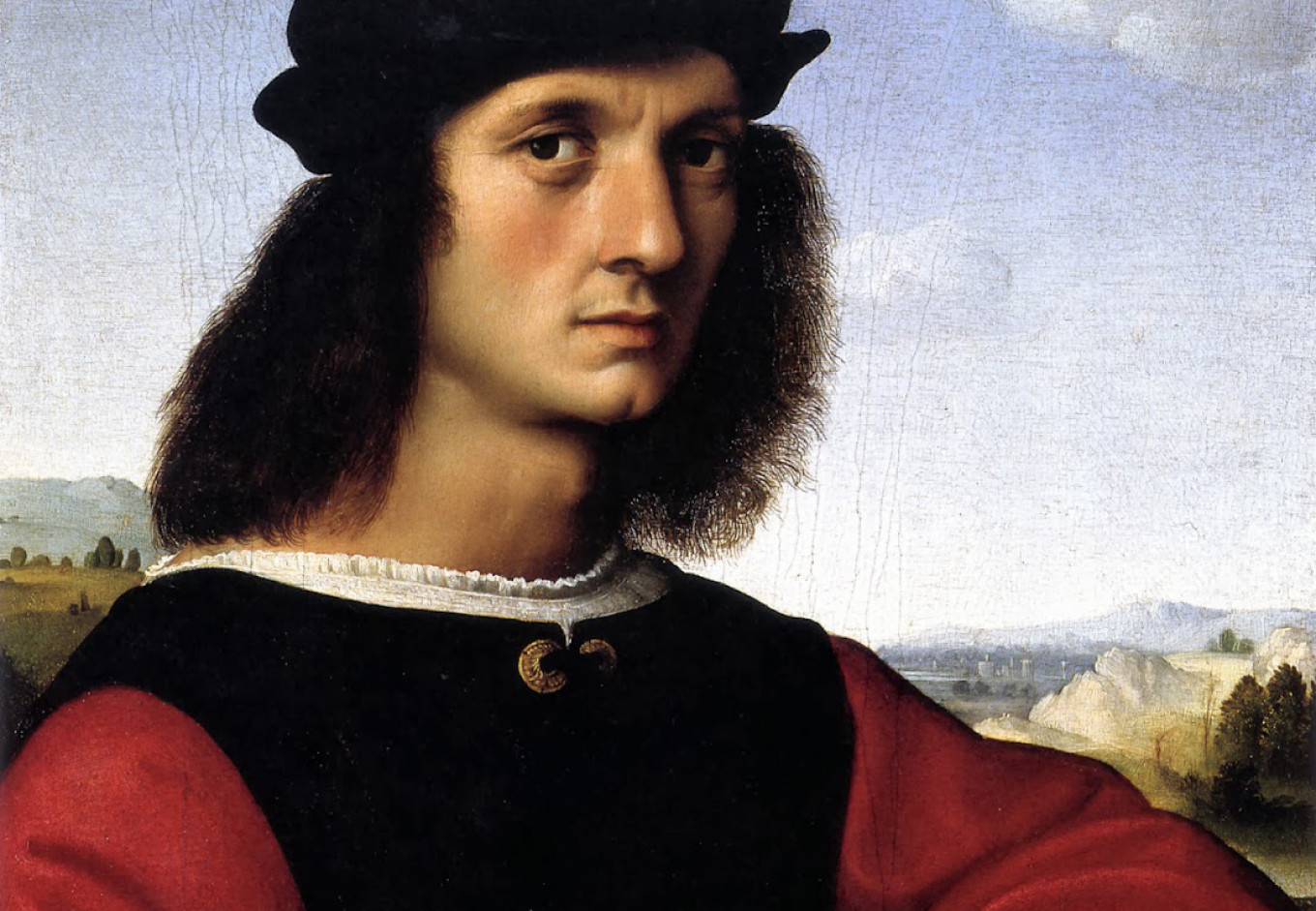
Cultural Diplomacy
The decision to mount a prominent exhibition of Raphael in Russia is hardly surprising. The artist had a great influence on Russian culture, particularly that of Russian novelists such as Dostoevsky and Pushkin. In his artwork, physical beauty also expressed spirituality.
Raphael’s paintings were in fact considered so exquisite the artist earned himself the moniker “Il Divino” (The Divine One). Russian audiences will perhaps call to mind the statement by Dostoevsky’s protagonist in “The Idiot” — “beauty will save the world.”
For Faietti, the calm grace of Raphael’s paintings makes them so fascinating to all audiences. “Raphael is universal and every single artwork shown in the Pushkin Museum represents one of the aspects of the artist’s religious reflection,” she says.
Online ticket sales before the exhibition had even opened indicate that the Italian master’s works are set to conquer the Russian public. The exhibition is accompanied by a series of lectures and conferences to celebrate the landmark act of cultural diplomacy which led to the arrival of Raphael’s paintings. The hope is to continue to foster Russia’s love affair with Italian art, and with Raphael.
“Raphael. The Poetry of the Image” runs through Dec. 11 at the Pushkin Museum of Fine Arts. 12 Ulitsa Volkhonka. Metro Kropotkinskaya. artsmuseum.ru
A Message from The Moscow Times:
Dear readers,
We are facing unprecedented challenges. Russia's Prosecutor General's Office has designated The Moscow Times as an "undesirable" organization, criminalizing our work and putting our staff at risk of prosecution. This follows our earlier unjust labeling as a "foreign agent."
These actions are direct attempts to silence independent journalism in Russia. The authorities claim our work "discredits the decisions of the Russian leadership." We see things differently: we strive to provide accurate, unbiased reporting on Russia.
We, the journalists of The Moscow Times, refuse to be silenced. But to continue our work, we need your help.
Your support, no matter how small, makes a world of difference. If you can, please support us monthly starting from just $2. It's quick to set up, and every contribution makes a significant impact.
By supporting The Moscow Times, you're defending open, independent journalism in the face of repression. Thank you for standing with us.
Remind me later.


